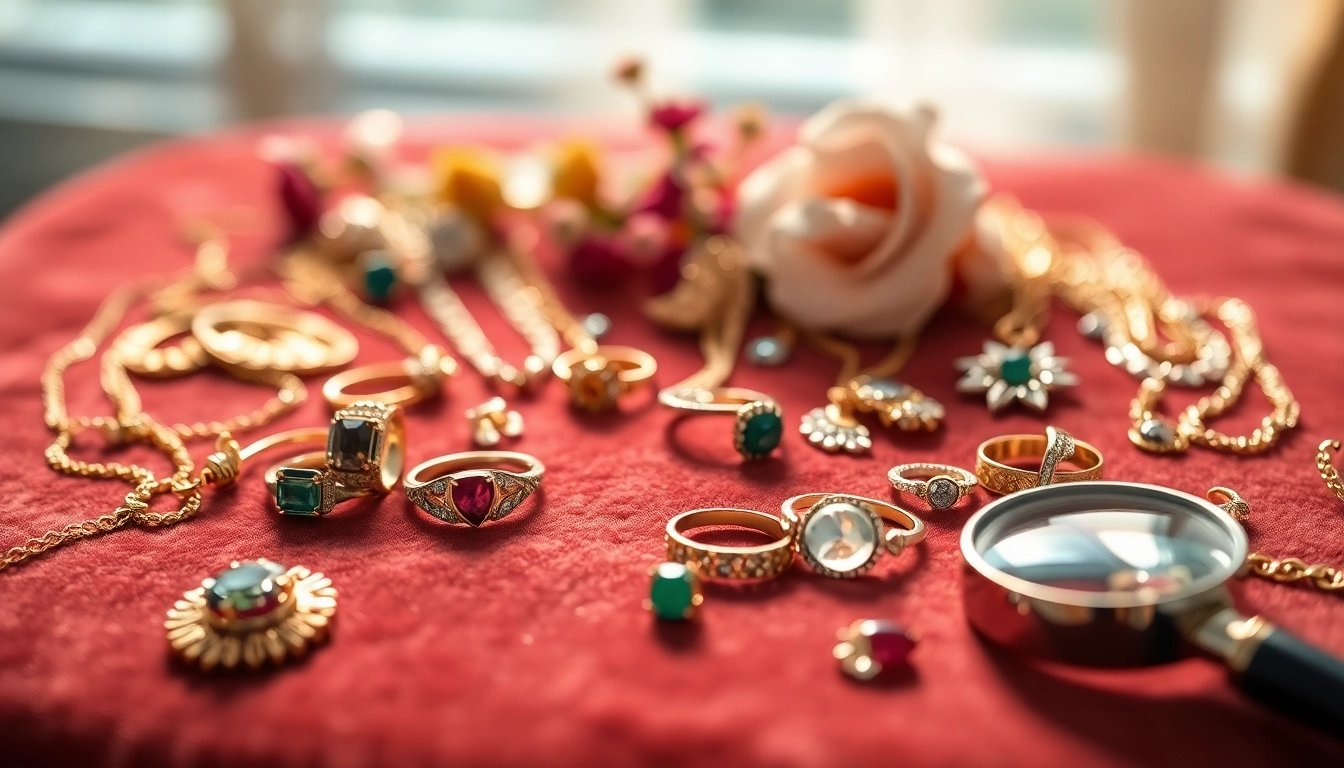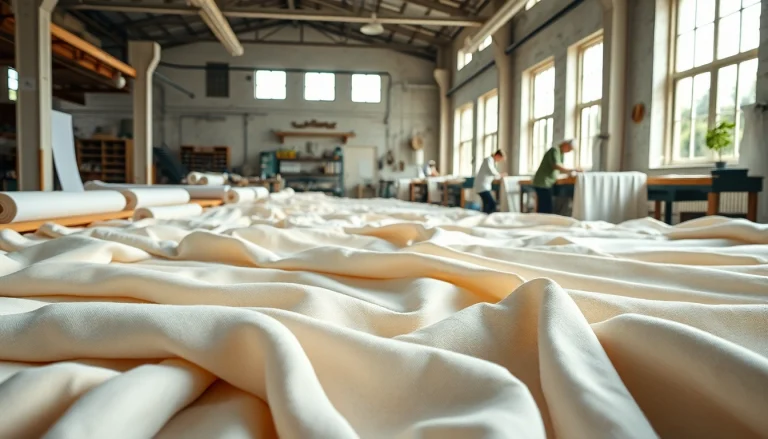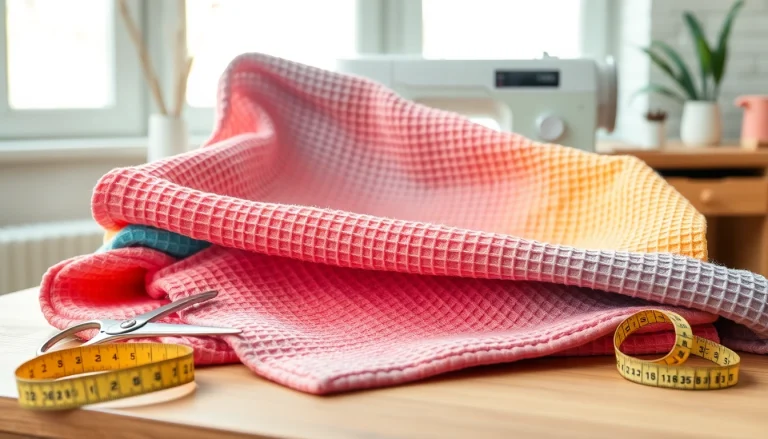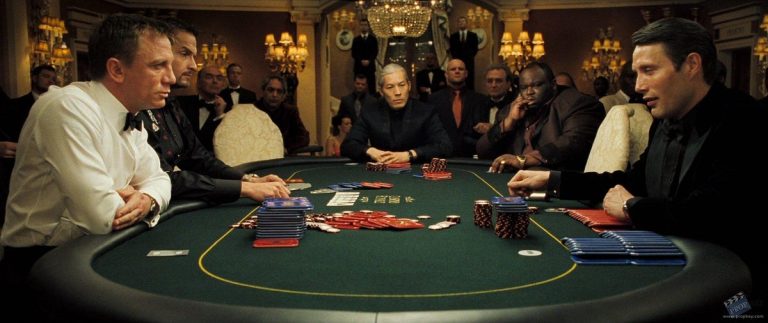Introduction to Jewelry and Its Cultural Significance
Jewelry has been an intrinsic part of human culture for centuries, serving not only as beautiful adornments but also as significant symbols and markers of social status, personality, and emotional values. From ornate necklaces to simple rings, Jewelry connects us to our history, values, and identities. Its appeal spans across cultures and time periods, with each piece telling a unique story that resonates with the wearer’s experience.
History of Jewelry
The history of jewelry dates back to ancient civilizations, where early humans began to adorn themselves with natural materials. The use of materials such as shells, stones, and animal bones gave rise to the first known decorative items. Over the years, as societies developed, so too did the complexity and symbolism behind jewelry. In ancient Egypt, for instance, jewelry was deeply rooted in religion and status. Artisans crafted intricate pieces using gold, which not only displayed wealth but also had protective connotations, believed to safeguard the wearer in the afterlife.
As cultures evolved, so did jewelry styles. The Greeks and Romans introduced new techniques, utilizing metals and gemstones for decorative purposes and signifying important life events, such as marriage or victory. The Middle Ages saw a resurgence in the art of jewelry making, influenced by the Church and the aristocracy that demanded pieces embellished with religious symbols and references to their power and piety. During the Renaissance, the combination of art and craftsmanship flourished, with gemstones becoming more widely used in jewelry, often cut into intricate shapes and settings known to enhance their brilliance.
Symbolism in Different Cultures
Across various cultures, jewelry holds profound symbolic meanings, often representing more than mere decoration. In many societies, wedding rings symbolize unbreakable bonds, while necklaces imprinted with protective symbols ward off evil. In India, for example, jewelry is integral to cultural identity. Each piece can represent status, region, or occasion, with bridal jewelry often signifying the bride’s family status and wealth.
Similarly, in African cultures, jewelry can communicate social and personal identity. Large, decorative items often showcase artistic heritage and craftsmanship, celebrating tribal affiliations. Even contemporary jewelry designers draw inspiration from cultural heritage, infusing their pieces with symbolic meanings that resonate with modern values.
Modern Trends in Jewelry Design
Today’s jewelry landscape reflects an amalgamation of traditional craftsmanship and modern innovation. Contemporary designers are increasingly embracing sustainable practices, focusing on ethical sourcing of materials and showcasing designs that not only appeal visually but are also environmentally conscious. There’s a noticeable shift towards minimalism and personalization; customers increasingly prefer unique items tailored to their tastes and styles.
Innovative technology also plays a critical role in shaping jewelry design. 3D printing and computer-aided design enable more intricate and complex designs that were previously unimaginable. Additionally, the rise of online shopping has transformed how consumers engage with jewelry, creating a demand for diverse styles that cater to a global audience. This evolution in design signifies not only progress but also a return to individuality in expressing personal style through jewelry.
Types of Jewelry and Their Unique Features
Necklaces: Styles and Materials
Necklaces have a rich history and come in a variety of styles and materials. From simple chains adorned with pendants to elaborate statement pieces, necklaces can be made from a vast array of materials including gold, silver, beads, and natural stones. Each style reflects personal taste and can be associated with different occasions. For instance, delicate gold chains paired with charms are suitable for everyday wear, whereas diamond-encrusted collars may be reserved for formal events.
The choice of material plays a significant role in the appearance and durability of a necklace. Gold, known for its timeless value and resistance to tarnish, remains a popular choice. Silver and copper offer unique aesthetics and can be fashioned into bespoke pieces that highlight creativity. Moreover, contemporary jewelry makers often experiment with alternative materials, including recycled substances and synthetic elements, catering to the increasing demand for sustainable options.
Rings: From Engagement to Fashion
Rings are perhaps one of the most symbolic types of jewelry, particularly engagement rings which signify commitment and love. Traditionally crafted in precious metals and often featuring an array of gemstones, engagement rings vary widely in style, from classic solitaires to modern halo designs. This variety allows couples to express their personalities while adhering to age-old traditions.
However, rings are not limited to engagements or weddings; they serve as fashion statements that can enhance any outfit. Stackable rings, mood rings, and cocktail rings have surged in popularity, allowing for personal expression through playful layering and a mix of styles. With the rise of personalization, many consumers opt for custom-made rings that incorporate birthstones or initials, further enhancing their meaningful value.
Earrings and Bracelets: Versatility in Design
Earrings and bracelets offer remarkable versatility, ranging from subtle everyday wear to bold statement pieces. Earrings can be categorized into various styles such as studs, hoops, and drop earrings, each serving different occasions and preferences. The choice of materials, gemstones, and adornments can dramatically transform their appearance, enabling versatility in design and style.
Similarly, bracelets can be simple bangles or more complex charm bracelets, allowing individuals to tell a story through their accessories. Bangles crafted from metals or wood can create a bohemian aesthetic, while charm bracelets offer personal significance with each added piece representing a moment, person, or passion. This diversity allows wearers to curate their collection reflecting their style journey through jewelry.
Craftsmanship: The Heart of Jewelry Making
Traditional Techniques vs. Modern Innovations
Jewelry making blends age-old traditions with innovative modern techniques. Traditional craftsmanship emphasizes the skill and artistry passed down through generations, focusing on handcrafting methods such as casting, forging, and soldering. Artisans take pride in their meticulous attention to detail, relying on manually executed techniques that lend each piece a unique character.
Conversely, modern innovations have revolutionized the industry, offering tools that enhance precision and efficiency. Technologies such as laser cutting and 3D printing allow for detailed designs unattainable by hand. This approach not only elevates the creative possibilities but also helps meet the demands of a fast-paced market while maintaining a high standard of quality.
Choosing the Right Materials for Durability
The choice of materials is critical in jewelry making, directly impacting durability and aesthetics. Precious metals such as gold and platinum remain popular due to their resistance to tarnish and corrosion. Semi-precious gemstones and high-quality crystals are also chosen for their beauty and relative resilience.
However, contemporary jewelry often incorporates alternative materials, such as organic stones and recycled metals, appealing to environmentally conscious consumers. It’s essential to consider both aesthetics and functionality when selecting materials, ensuring that each piece of jewelry withstands the test of time, both in style and substance.
Artisan vs. Mass-Produced Jewelry
The choice between artisan and mass-produced jewelry often boils down to personal value systems. Artisan jewelry is characterized by handcrafted techniques, showcasing individual creativity and authenticity; each piece is unique and carries the maker’s signature style. This type of jewelry typically emphasizes fair trade practices, supporting local artisans and communities.
On the other hand, mass-produced jewelry offers affordability and readily available designs. While these pieces can be stylish, they often lack the personal touch and environmental consideration that come with artisan creations. As consumers increasingly seek stories and meaning behind their purchases, artisan jewelry is gaining traction as a more sustainable and heartfelt alternative.
Jewelry Care and Maintenance Tips
Cleaning and Storing Jewelry Properly
Proper care and maintenance are crucial in preserving the beauty of jewelry. Regular cleaning helps to avoid the build-up of dirt and oils that can tarnish metal and dull gemstones. A simple cleaning solution can be made with mild soap and warm water for most items, but delicate pieces should be treated with care—especially those containing pearls or opals, which require specific handling.
Store jewelry in a cool, dry place, preferably in a dedicated jewelry box lined with fabric to prevent scratches. Separate different pieces to avoid chain tangling and stone chipping. Utilizing compartments or anti-tarnish pouches can also prolong the life and appearance of jewelry.
Repairing Damaged Pieces Effectively
Even the best-kept jewelry might experience damage over time. It’s vital to address repairs promptly to avoid further issues. Simple repairs, such as reattaching clasps or resetting stones, can often be handled at home with a basic repair kit. However, for more complex damage, consulting a professional jeweler is recommended to ensure quality repairs without compromising the integrity of the piece.
Protecting Against Wear and Tear
Protecting jewelry from wear and tear is essential for maintaining its longevity. Remove jewelry before engaging in activities that could cause damage, such as exercising, swimming, or cleaning. When applying cosmetics or perfume, allow products to dry completely before putting on jewelry to avoid tarnishing and discoloration.
Regular inspections can help to identify potential issues. Look for loose stones or broken links, and address these problems early to prevent greater damage.
Trends and Future of Jewelry Industry
Sustainable Practices in Jewelry Production
With increasing awareness around environmental issues, sustainable practices in jewelry production are becoming more prevalent. Consumers are gravitating towards brands that prioritize ethical sourcing, use recycled materials, and promote fair trade practices. Many jewelers are adopting transparent supply chains, allowing consumers to know the origins of the materials used in their jewelry.
The Role of Technology in Jewelry Design
Technology plays an integral role in shaping the future of jewelry design. With advancements in computer-aided design (CAD) and 3D printing, designers can create intricate pieces more efficiently while maintaining high levels of customization and personalization. This technological approach not only allows for rapid prototyping but also lowers costs, benefiting artists and consumers alike.
Predictions for Jewelry Styles in the Future
As trends continually evolve, the future of jewelry is poised to embrace bold styles and innovative ideas. We foresee an increase in the popularity of smart jewelry that merges function with fashion, encompassing wearable technology that connects to personal devices. Ethically sourced gemstones and recycled materials will likely dominate the landscape as consumers prioritize sustainability.
Moreover, a return to handcrafted designs will showcase unique artistry, appealing to individuals seeking one-of-a-kind pieces. Jewelry will continue to serve as a form of personal expression, with future designs reflecting the diversity of modern identities and values.








